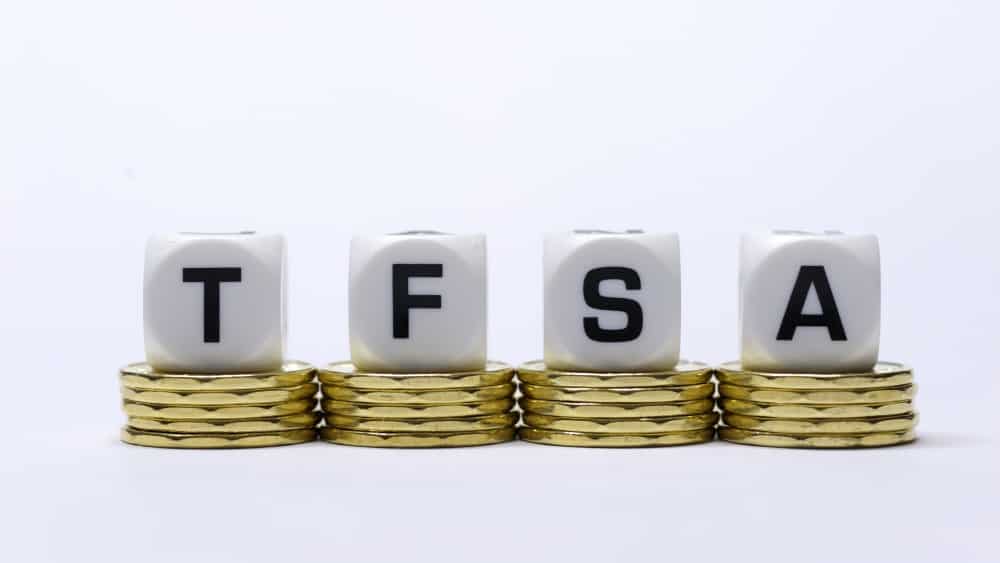Canadians maintaining and investing through a Tax-Free Savings Account (TFSA) can build retirement wealth over time. The unique account is one of two investment vehicles the federal government introduced to help its people secure their financial futures.
The Canada Revenue Agency (CRA) assigns an annual contribution limit and the cap in the last four years was constant at $6,000. All earnings, capital gains, or profits inside a TFSA are tax-free provided a user doesn’t exceed the prescribed limit. Assuming you were unable to maximize the limit in a year, the unused contribution carries over to the next year.
For 2022, the accumulated contribution room since the TFSA’s inception in 2009 has grown to $81,500. The account functions as a registered investment account and not a regular savings account. Users can hold various investment instruments in a TFSA such as bonds, GICs, ETFs, mutual funds, and stocks. Cash is an eligible investment, although it produces the least income or nothing at all.
Double your money
Don’t expect a get-rich-quick scheme, but owning a TFSA can help you build a substantial nest egg. If your available contribution room is equivalent to accumulated contribution room, an asset that returns 4% every year will compound the capital to $264,336.90 in 30 years.
Also, because money growth is tax free, users can double their balances faster. The power of compounding is at play when hold income-producing assets in a TFSA. If your available contribution room today is $10,000, you can turn it to $20,000 or double in five years. The premise is that your chosen investment should yield at least 14.87% per annum.
Unfortunately, high-yield investments aren’t necessarily safe prospects for TFSA investors. The closest you can find is Labrador Iron Ore Royalty (TSX:LIF), or LIORC. At $27.09 per share, you can buy 369.14 shares of the basic materials stock and partake of the 12.86% dividend. Assuming the yield remains constant in five years, your investment should grow to $18,310.50.
Variable dividend policy
LIORC is volatile in a unique way because of its variable dividend policy. If not for the fluctuating yield, this dividend stock is a good insulation from inflation. The $1.72 billion company derive its revenues from royalties collected from Iron Ore Company of Canada (IOC).
In Q1 2022, net income fell 27% versus Q1 2021 because royalty revenue was only $53.7 million compared to $65.2 million from a year ago. Iron ore prices went down during the quarter due to decreased demand by steel producers. The IOC decided to not pay dividends. In the same quarter last year, LIORC received $19 million in dividends from IOC.
Performance-wise, LIORC isn’t a mediocre stock. In 5.01 years, the total return is 211.43% (25.48% CAGR). Currently, the share price is $28 (-22% year to date). Management maintains positive outlook for IOC and believes it’s well positioned to continue benefitting from the current iron ore pricing environment.
Follow the rules
TFSA investors have the sole discretion of choosing what to hold in their accounts. However, users must abide by the governing rules, most especially with regards to the annual limits set forth by the CRA.








